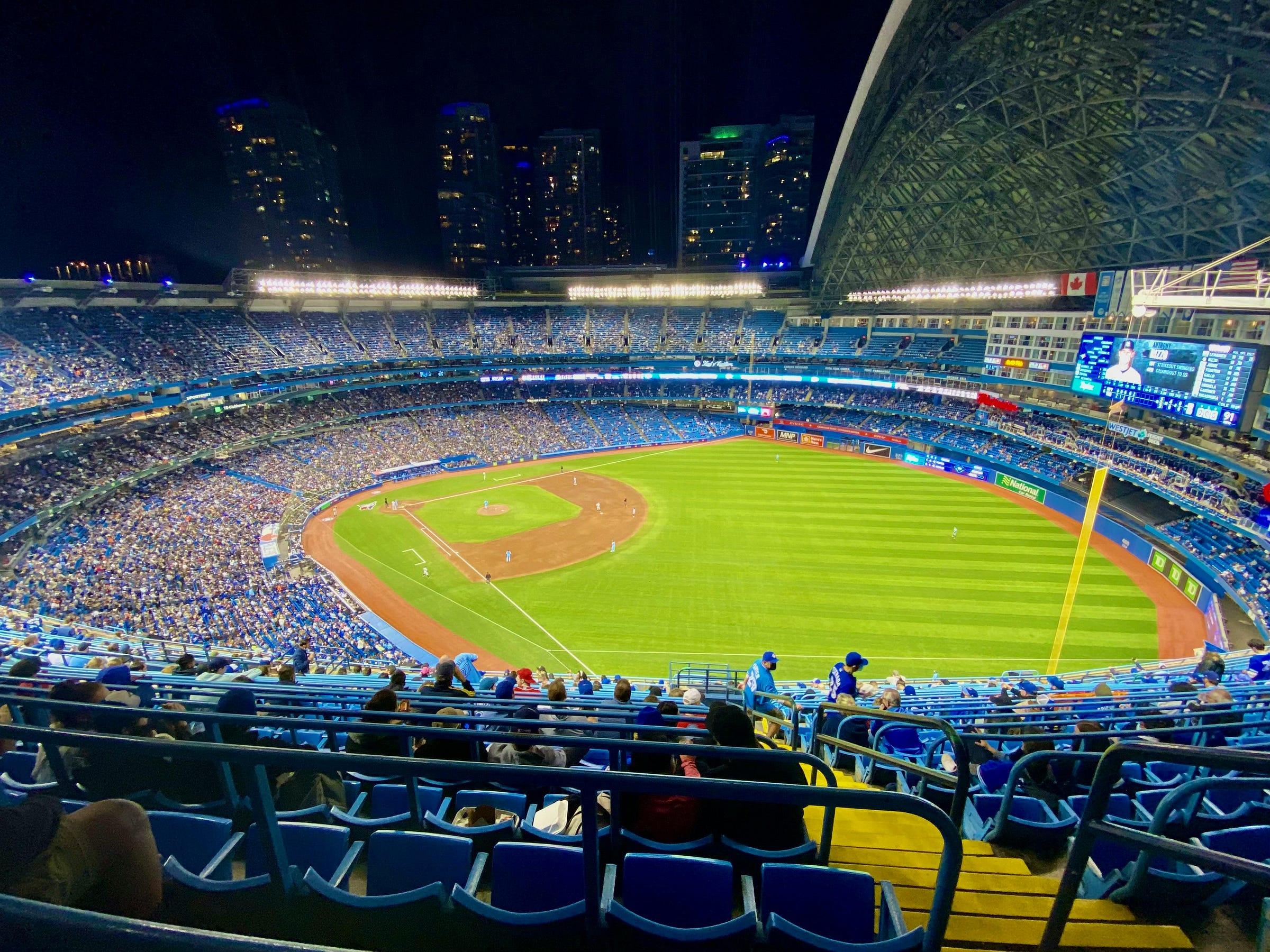Poverty, sports and neighborhoods
Shifting the benefits of sports infrastructure
Words: Carolyna, Toronto
From the little league to the big field, athletes work hard. Behind the nutrition, rep teams, and sports training are various financial investments - money goes a long way. This can mean an uneven playing field for those who have less, and potential is lost. Poverty impacts a person’s future. It can drag an individual down as it blocks access to opportunities and networks. Poverty also plays out in sports infrastructure: in who has access, and who benefits from major stadiums and arenas.
Redlining and gentrification are two terms used to describe social processes relating to poverty in cities.
Redlining refers to the discrimination of residents in loan programs in the 1930s based on the neighbourhoods they lived in, particularly in the United States. The neighbourhoods denied mortgages were made up of Black and Latino residents. This prevented Black and Latino residents from accumulating the generational wealth and stability that White Americans were building - leading to more financial struggles and hardships.
Redlining created a significant gap in wealth between White Americans and Black or Latino Americans. The redlined neighbourhoods have fewer investments, including sports. They have experienced a lack of funding for sports programs, community centers, and school sports. This has made it harder for some Black people and Latinos to afford beneficial sports programs that provide gateways to further opportunities. Youths cannot afford to “waste” time playing soccer when their siblings need supervision, food isn't on the table, and rent is required.
The limited access to sports infrastructure, training facilities, and scouting networks means that going into college sports and professional leagues is no more than a dream for many youth in poverty.
Gentrification is a process through which a low-income neighbourhood becomes more affluent, whiter, and modernized. It is common within immigrant communities facing poverty and causes displacement for long-time residents. It is seen within urban communities and cities, and usually is a byproduct of poor city planning as well as cases of housing discrimination like redlining.
Sports stadiums are often developed within low-income communities. Low-income communities are often in the hearts of downtown cities and it’s cheaper and easier to uproot their surrounding buildings to make room for a tourist attraction. This causes displacement as it drives up renting costs and prioritizes the market needs of wealthier sport fans. Along with stadiums and arenas, expensive food and entertainment start to pop up to feed off of the new tourist cash flow. Older residents find it difficult to stay where they live when prices are ramped up in order to accommodate tourists. Most studies find that building stadiums does not promote significant local employment, per capita income growth or local benefits. Sports games and related entertainment can take money from the city, and often athletes and coaches aren’t spending their earned income in the cities where the stadiums are located.
Sports stadiums are privately owned, yet they are more than willing to have local governments and taxpayers fund their construction. Between 1970-2020, state and local governments in the United States and Canada spent $33 billion USD in public funds to build major-league sports stadiums and arenas - on average, the public covered 73 percent of the cost of construction.
In my home city Toronto, Rogers Communications (the parent company of the BlueJays baseball team) bought the Rogers Centre - formerly SkyDome - in 2004, for just four percent of its original $570 million construction cost, which itself had been funded through a controversial public-private partnership.
Black people and Latinos can find a lack of representation in sports ownership and leadership. The people who can open doors within sports, like recruiters, sports organization managers, and league coaches, tend to be White and generally wealthy. Already, racial and social status differences can cause a bias that overshadows an athlete's performance. This can make it harder for a less wealthy athlete to make the pipeline from high school to college to the professional league.
Despite these obstacles, we can see how communities continue to strive for equitable access to sports through advocacy with sports organizations and local governments. By recognizing these issues, we start the process of a better future that uplifts rather than displaces communities. Urban planners and city governments need to strategically place sports buildings in ways that local communities can benefit from them and flourish.
Carolyna is a Toronto-based participant in Youth Media Forward: meet the Toronto participants here



